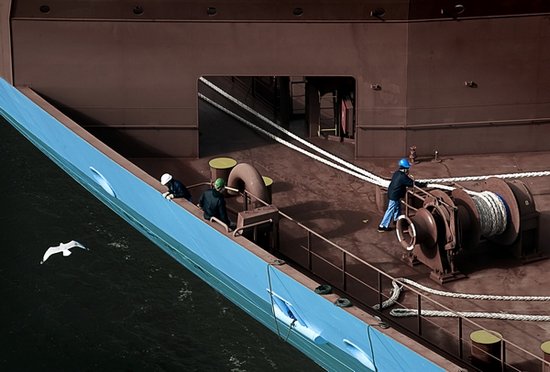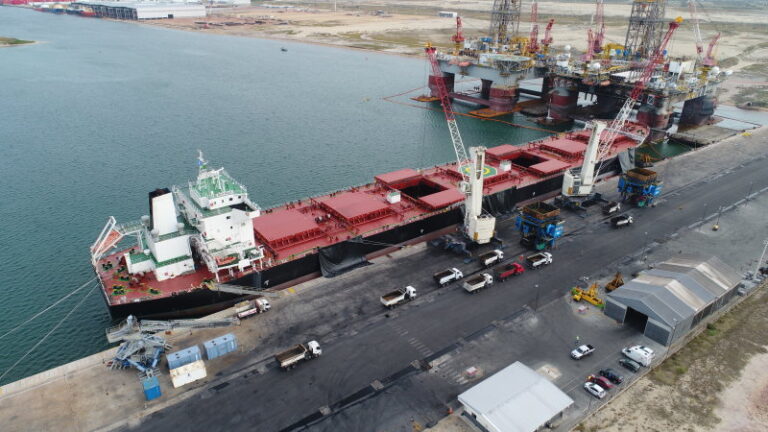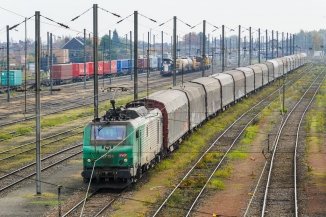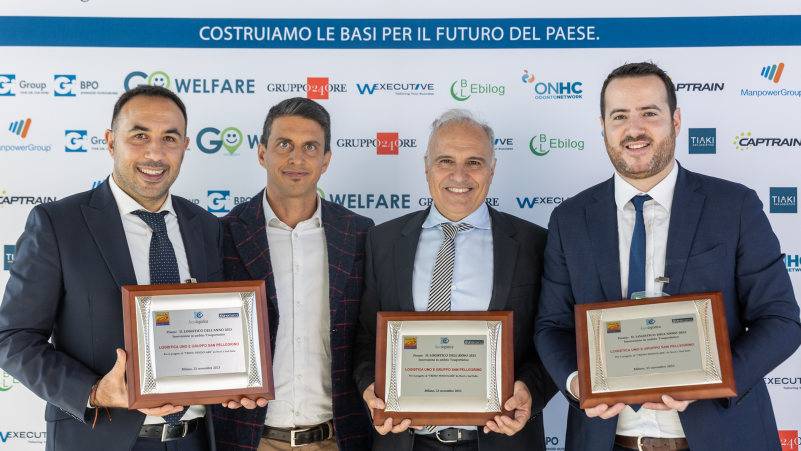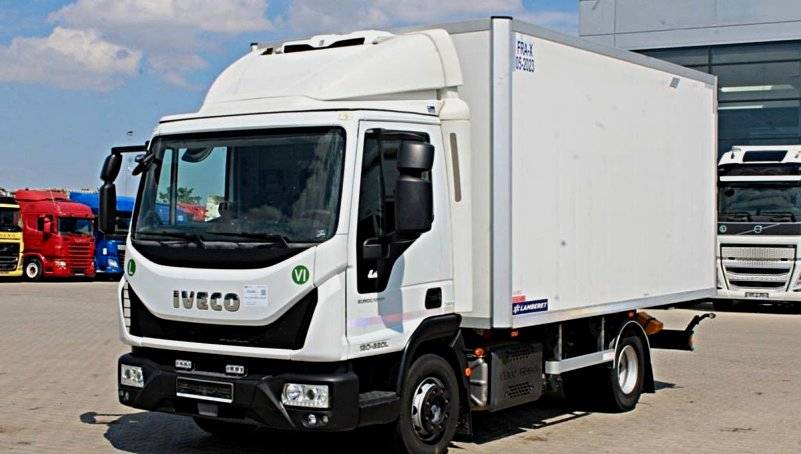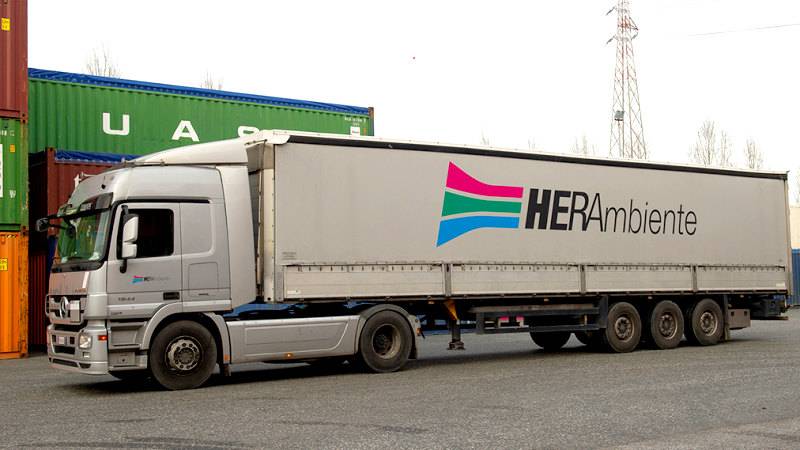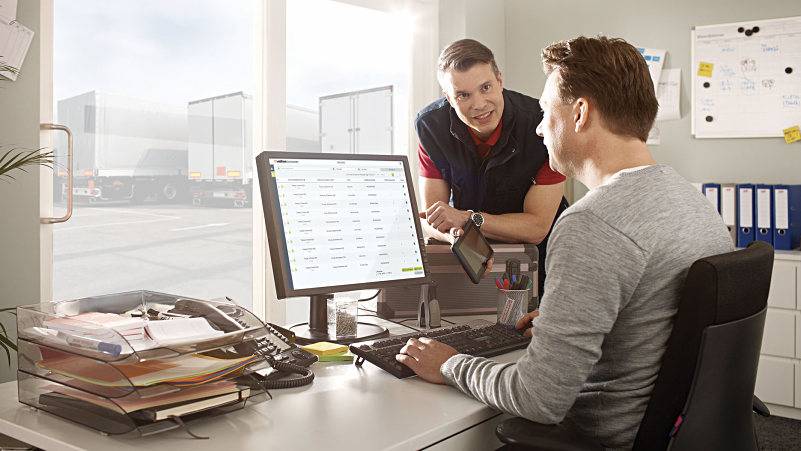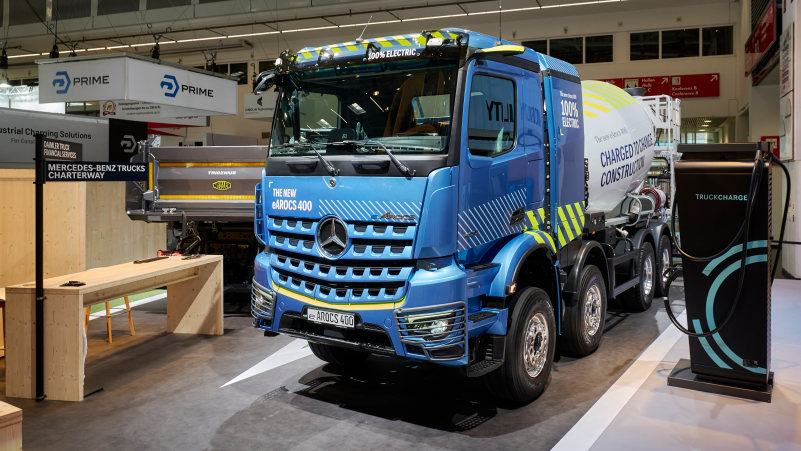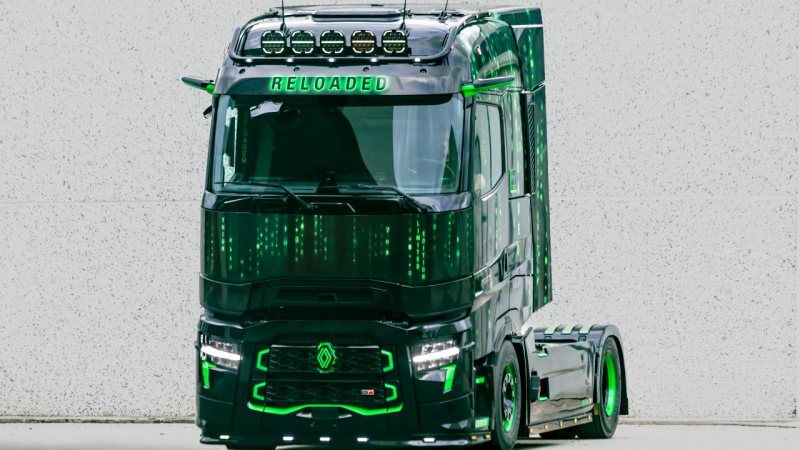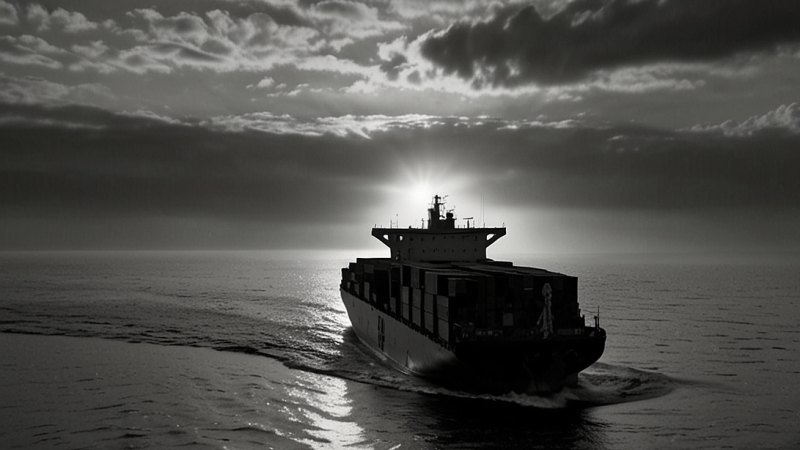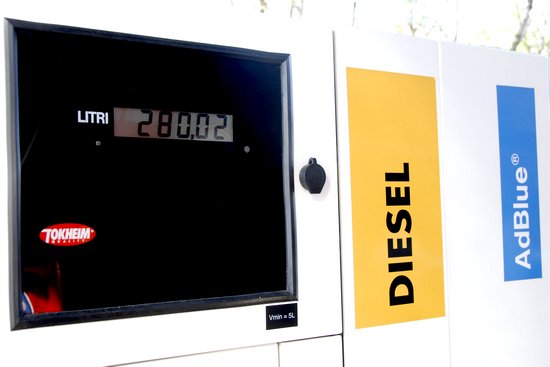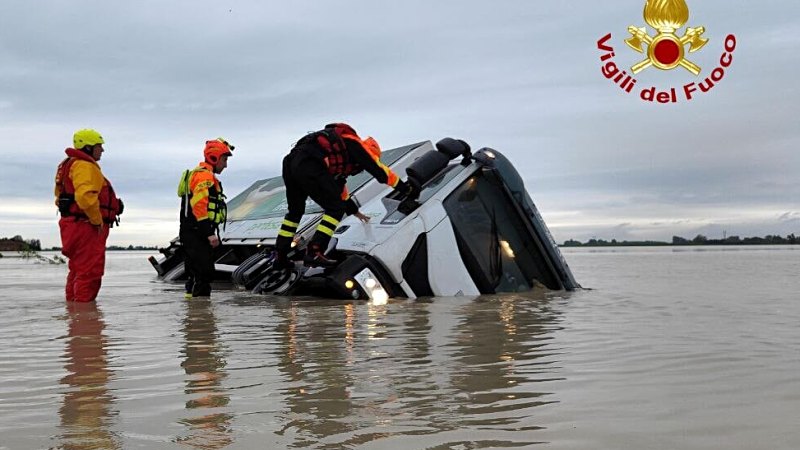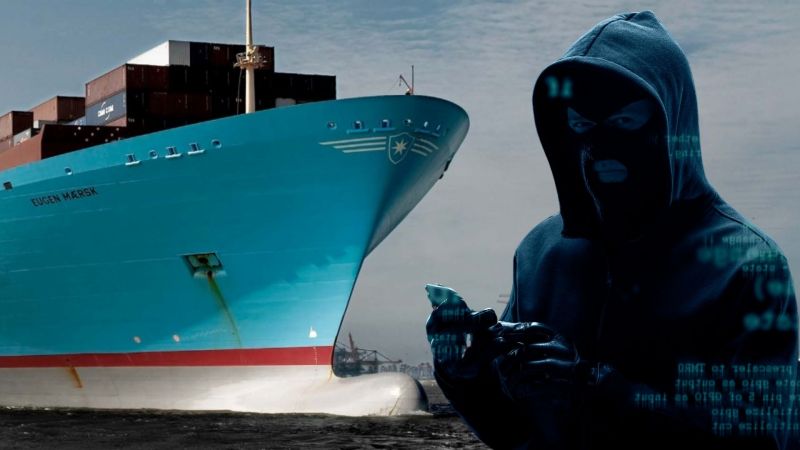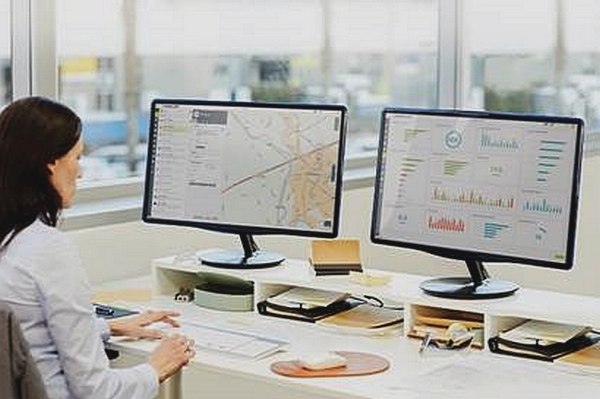As trade tensions between the United States and China escalate, with new reciprocal tariffs impacting the global economy, Porto do Açu – Brazil’s leading oil export terminal – is emerging as a strategic hub for goods bound for Asia, particularly China. Located in the state of Rio de Janeiro, the port is benefiting from an unexpected side effect of the trade war: rising demand for Brazilian raw materials. In a climate shaped by the Trump administration’s protectionist policies, including 34 percent tariffs on Chinese goods and a 25 percent duty on American imports of steel and aluminium, China is increasingly turning to Brazil in search of alternative suppliers. This shift is redrawing global trade routes and favouring ports able to respond swiftly to growing demand, such as Porto do Açu.
The port’s logistics director, João Braz, told Bloomberg that the rise in trade tensions had triggered a rapid expansion of exports. “When the threat of tariffs began, demand started to climb,” Braz said in an interview with the news agency. In the first quarter of 2025, crude iron exports from the port – a key input in the steel industry – rose by 50 percent compared to the whole of 2024.
Brazil, already South America’s leading oil exporter and one of the world’s top iron ore suppliers, is also finding new opportunities in the agri-food sector. According to Agroconsult, national soybean production is expected to reach a record 171.3 million tonnes this year, thanks to favourable weather and the expansion of cultivated land. Exports of fresh and processed poultry hit 476,000 tonnes in March, according to the industry association Abpa, marking a 19 percent increase on the previous year. Shipments to China saw a similar surge. Beef exports also rose by 20 percent.
However, the rising demand is putting Brazil’s logistics infrastructure under strain. “There’s a major bottleneck at both ends of the supply chain,” said Eugenio Figueiredo, the port’s chief executive, speaking to Bloomberg. To address these challenges, Porto do Açu has launched an investment plan to upgrade the T-Mult multipurpose terminal, which handles agricultural goods. Dredging is underway in the adjoining channel to allow for the simultaneous loading of two Panamax vessels, with the aim of doubling the terminal’s annual capacity to five million tonnes in the coming years.
The port’s operational flexibility also makes it a viable alternative in the face of global logistics disruptions. Due to threats to maritime transport in the Red Sea posed by Houthi militants, container traffic has suffered significant delays. In response, Porto do Açu has begun shipping coffee – of which Brazil is the world’s largest exporter – in large sacks, bypassing containers altogether. This method is gaining traction, and volumes are expected to rise in 2025. Sugar handling operations are also set to begin.


